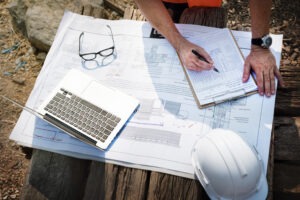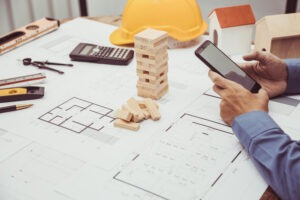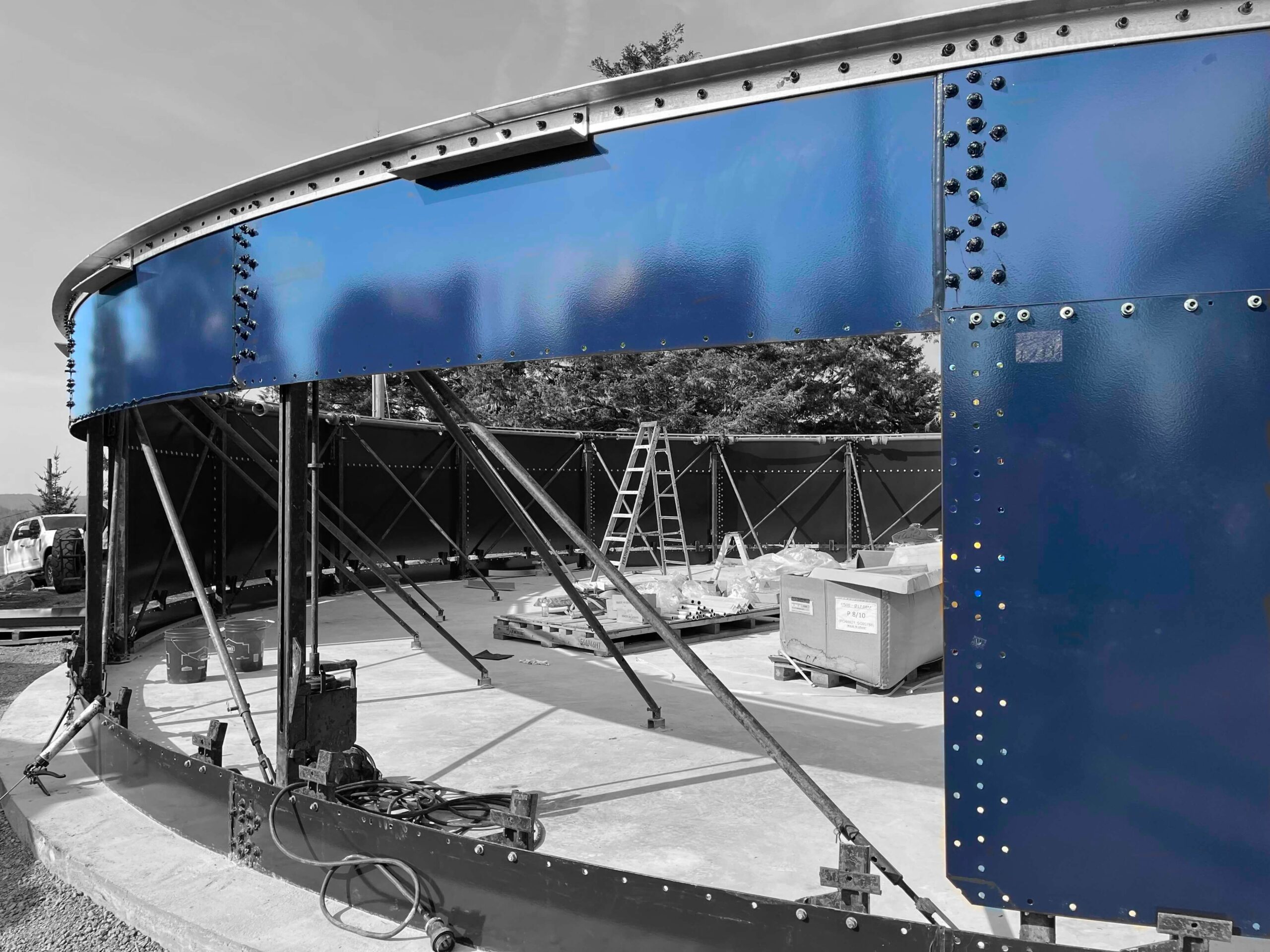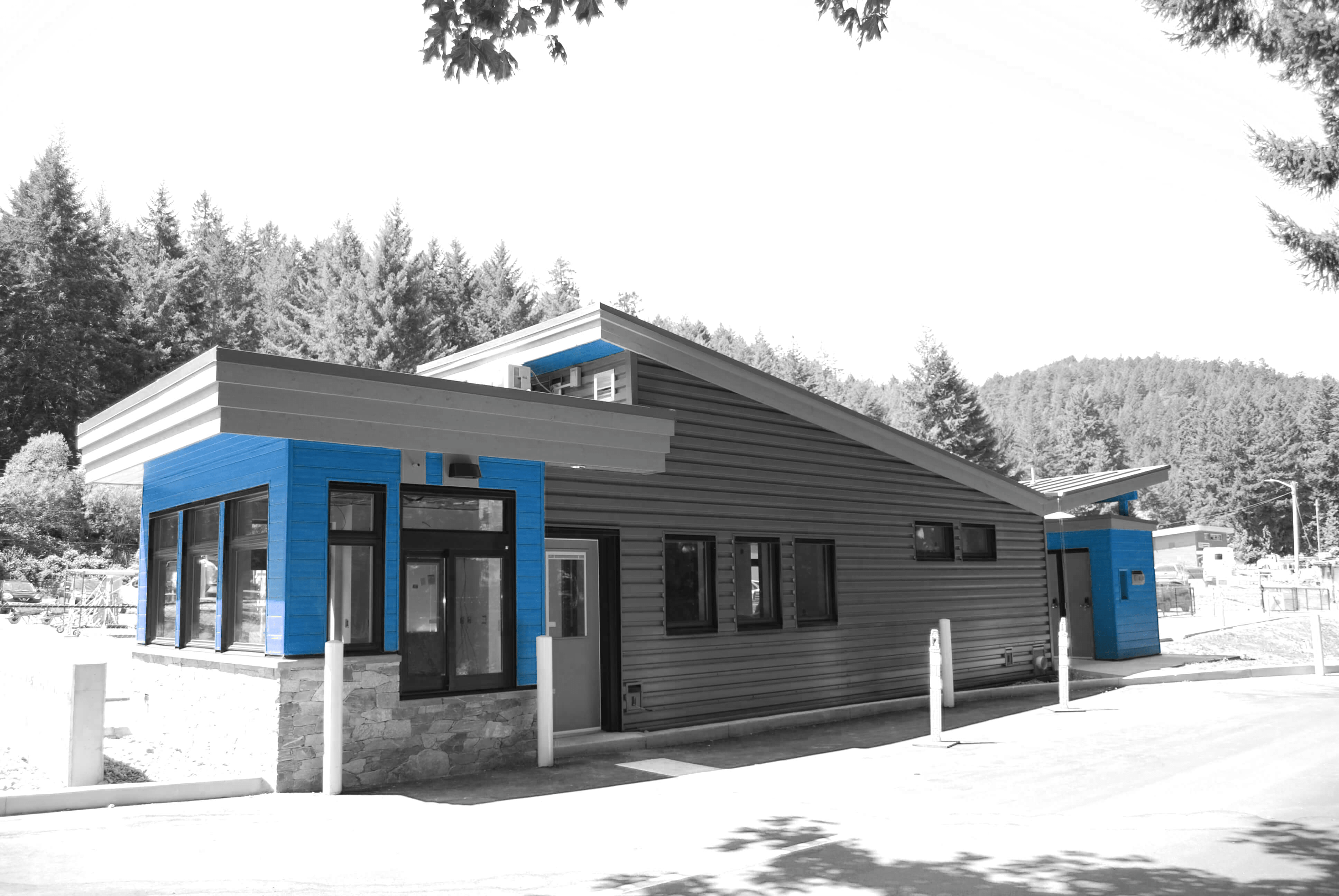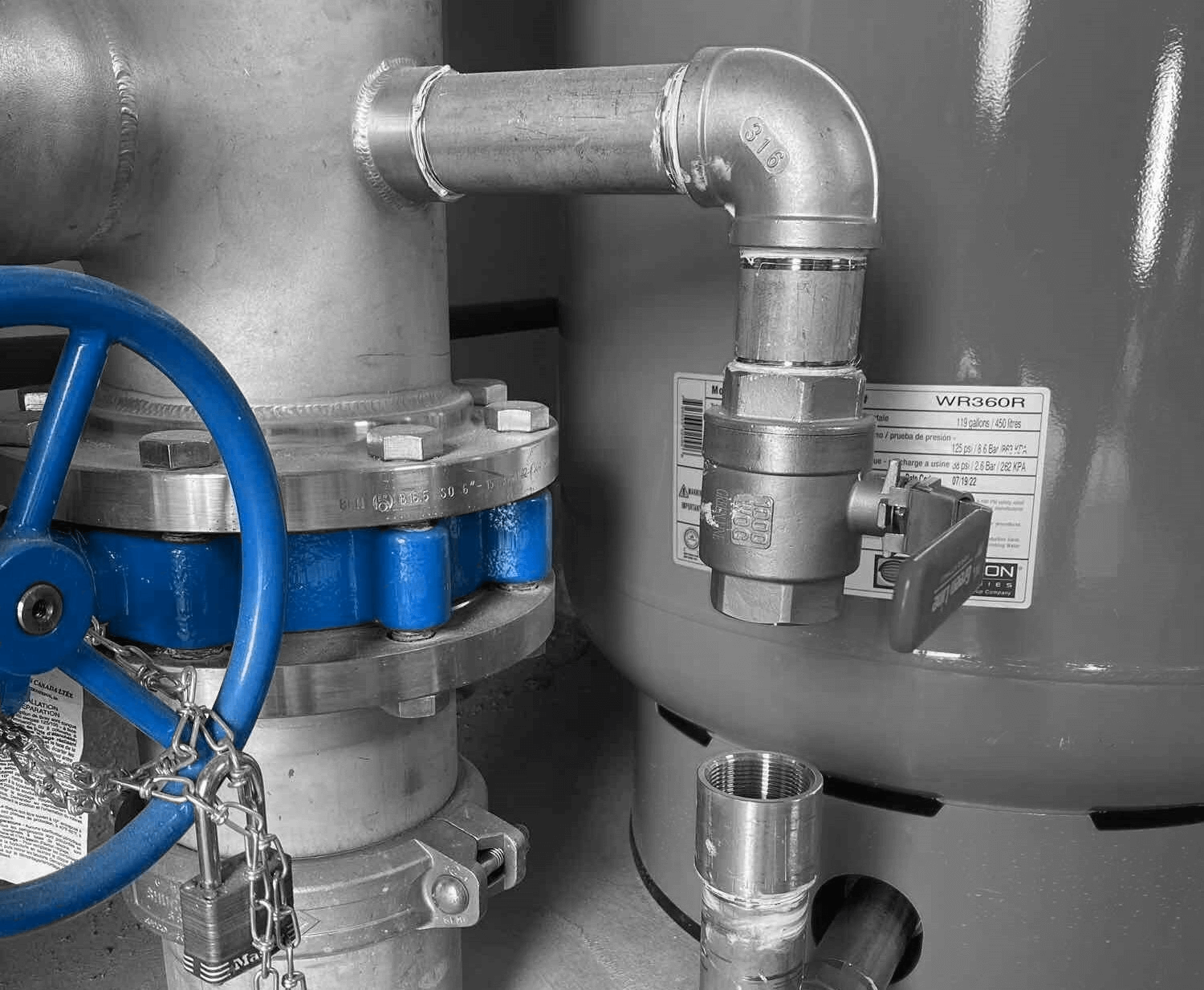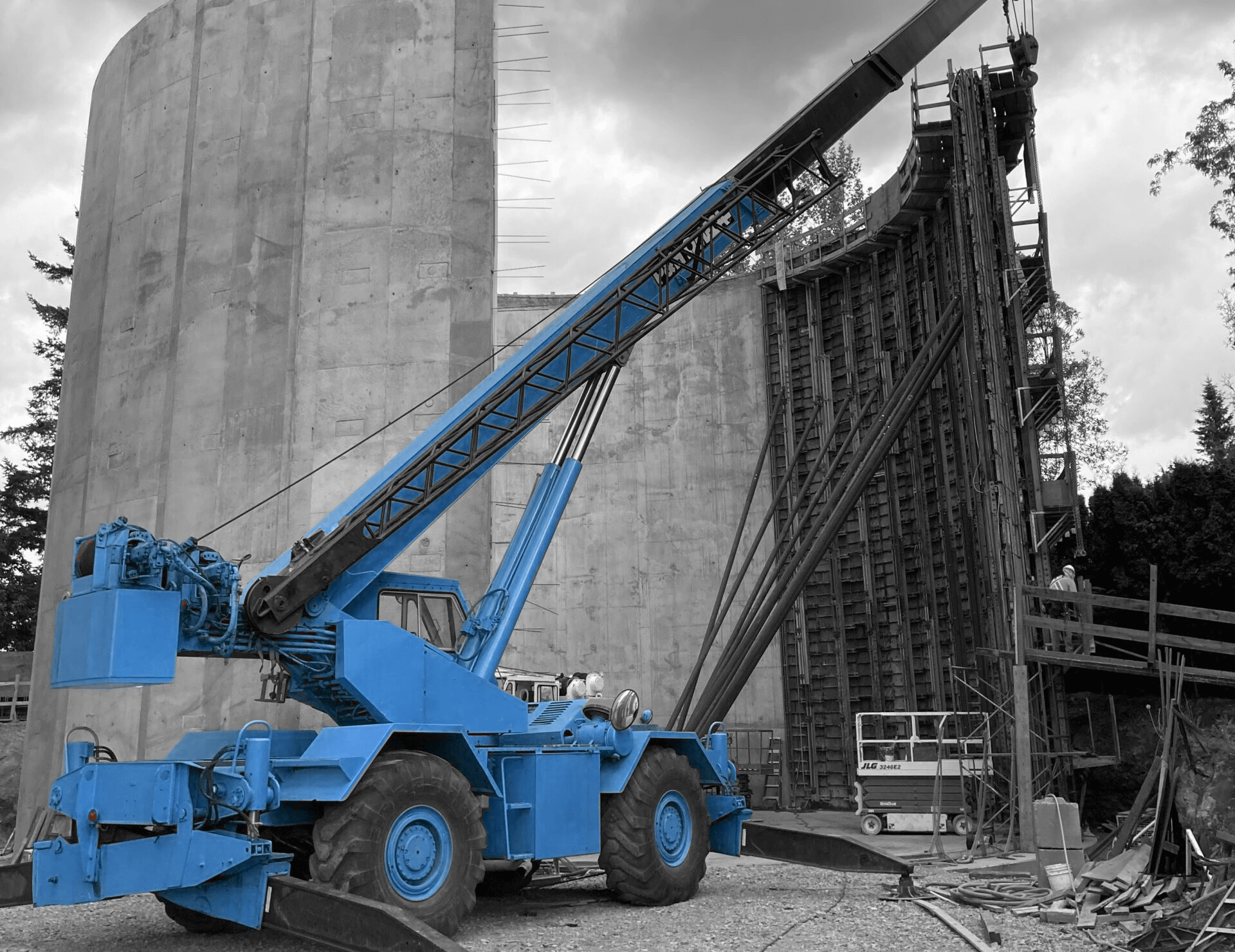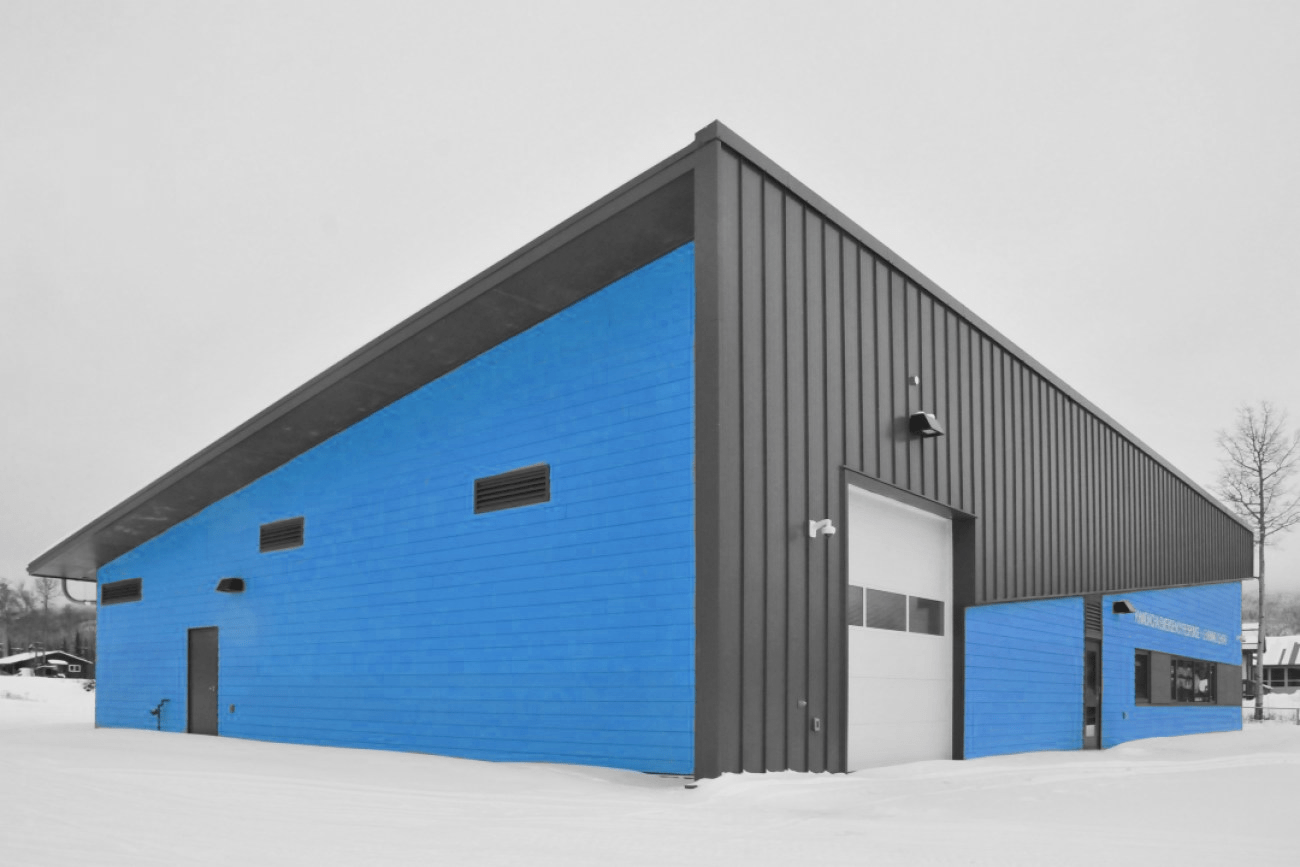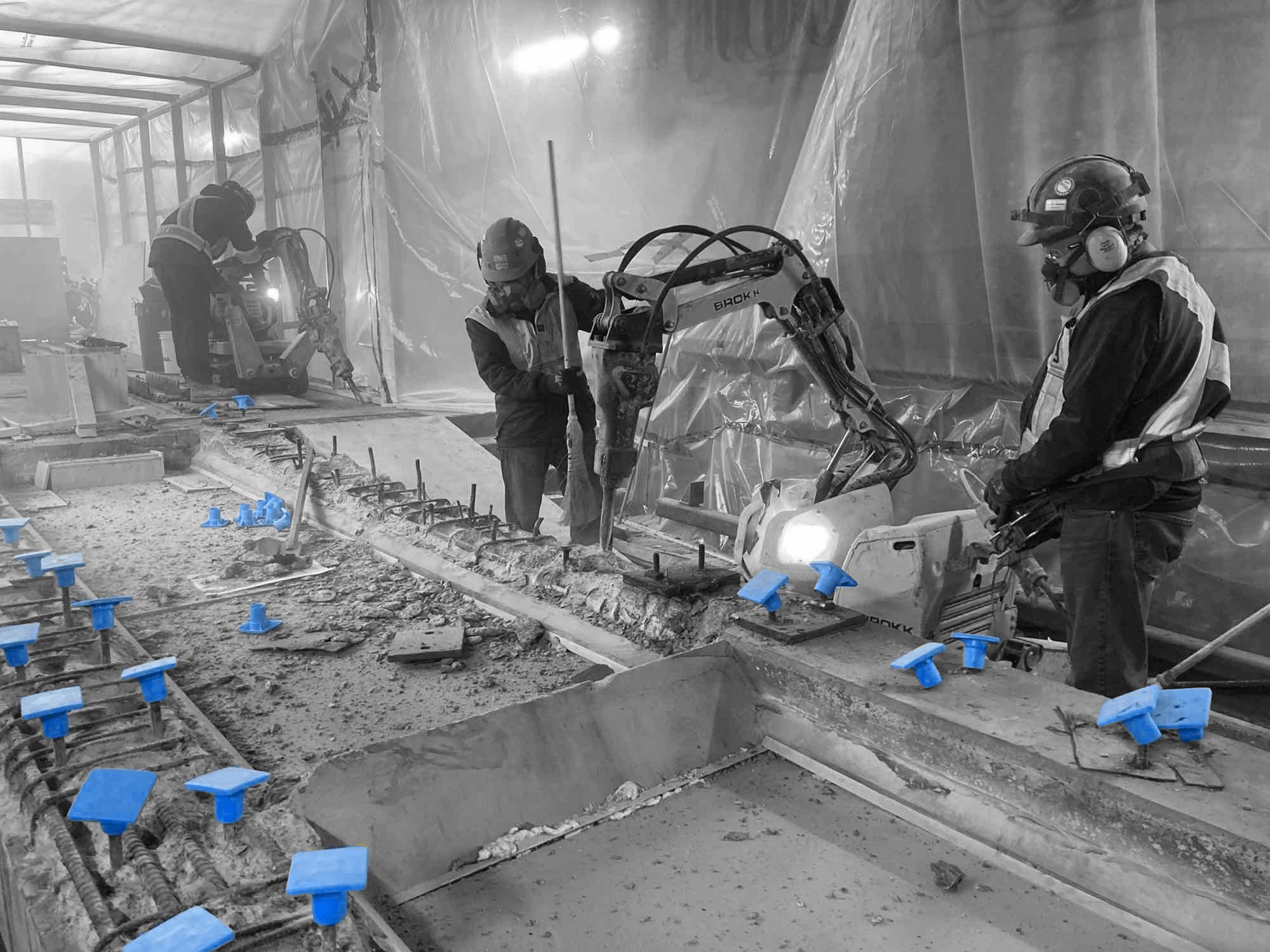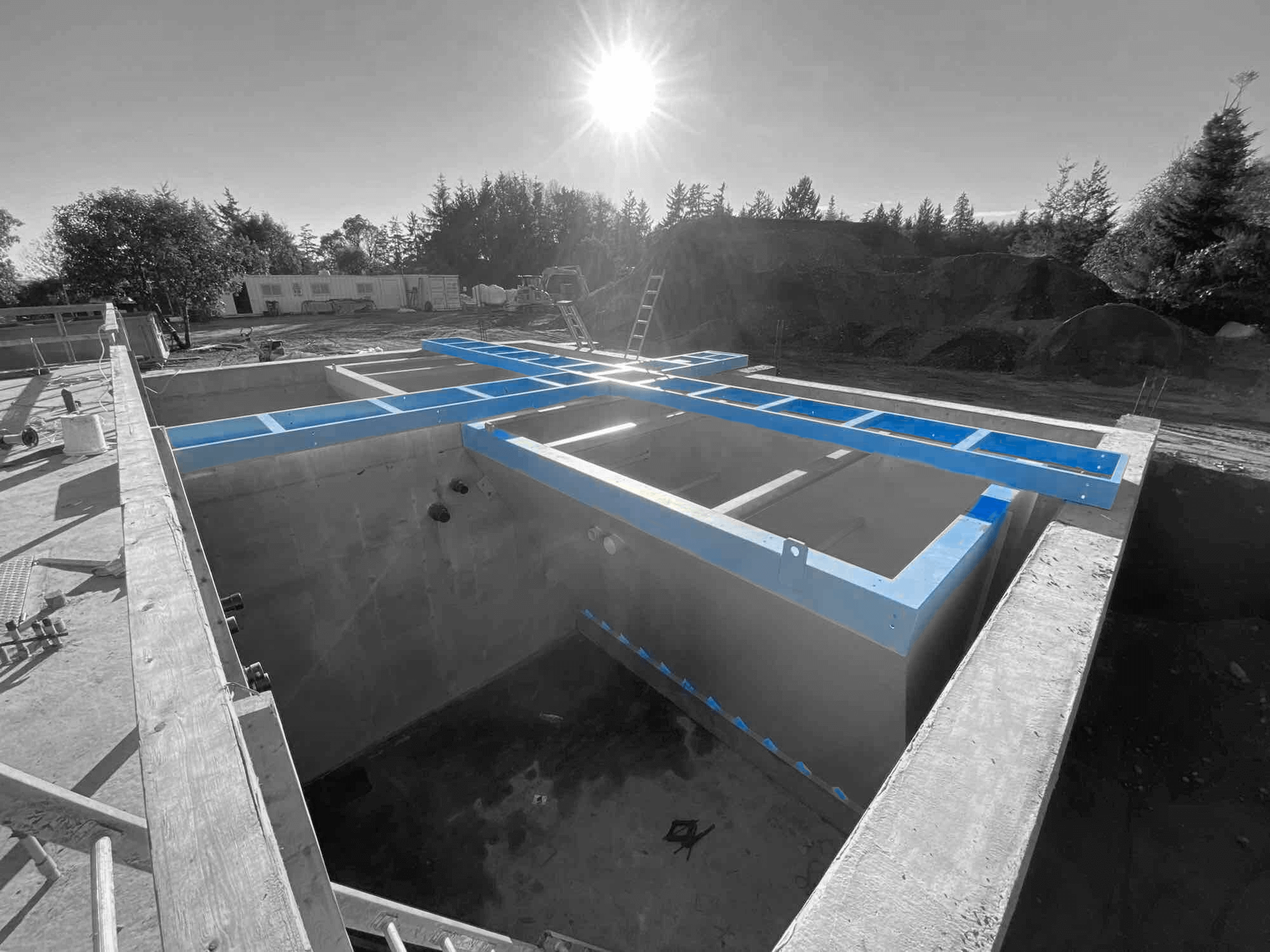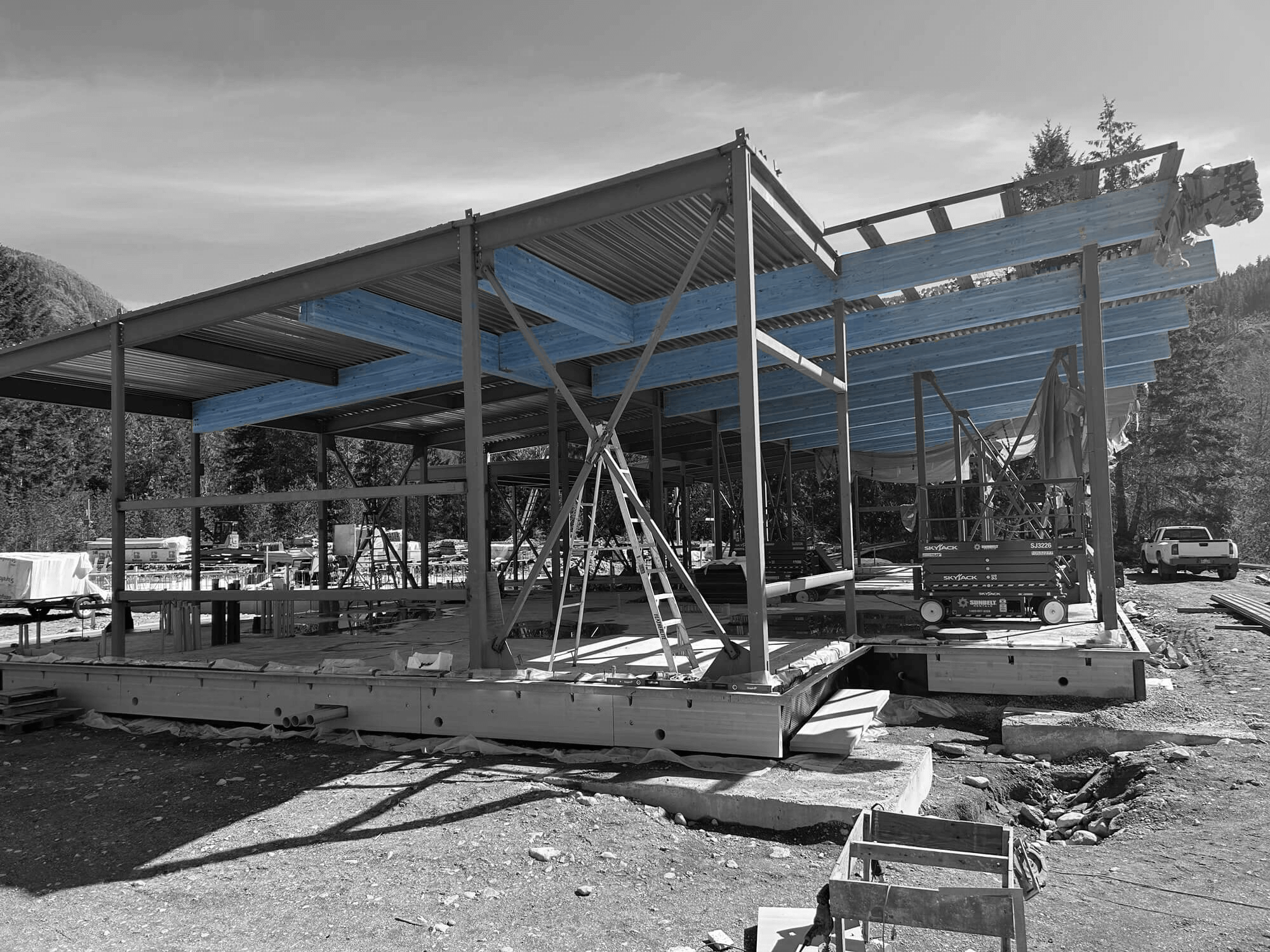Building strong and durable bridges is essential for our infrastructure. Choosing the right construction method plays a big role in this. One effective approach is the EPC design-build method. EPC stands for Engineering, Procurement, and Construction, and it combines all these aspects into a single contract. This means one team is responsible for the entire project, from design to completion.
Using the EPC design-build method for bridges has several advantages. It simplifies the process by having one point of contact. This reduces the chances of miscommunication and helps keep the project on track. It can also save time and money because the same team handles everything, ensuring smooth coordination.
Another benefit of EPC design-build is the innovative solutions it offers. Because the designers and builders work together closely, they can come up with creative ways to solve problems. This can lead to better, more resilient bridges that stand the test of time.
Understanding EPC Design-Build for Bridge Construction
EPC design-build is a comprehensive approach to construction that integrates Engineering, Procurement, and Construction into a single contract. In this method, one team handles the entire project, from initial design and procurement of materials to the actual construction. This integration means that all phases of the project are tightly coordinated and managed by a single entity.
The EPC method begins with the engineering phase, where detailed plans and specifications are developed. Engineers and designers work collaboratively to create a blueprint that meets the project’s requirements and goals. Following the design phase, the procurement phase commences. This stage involves sourcing and purchasing all necessary materials and equipment. By having control over procurement, the EPC team ensures that high-quality materials are used, and potential delays caused by supply issues are minimized.
Finally, the construction phase brings the project to life. With the same team overseeing every step, the transition from design to construction is seamless. This continuity reduces the likelihood of errors and rework, ensuring the project stays on schedule and within budget. By understanding each aspect of the EPC design-build process, we can see how it fosters a streamlined and efficient approach to bridge construction.
Key Benefits of EPC Design-Build for Bridges
Choosing the EPC design-build method for bridge construction offers several key benefits. First and foremost, it provides a single point of responsibility. Having one entity accountable for the entire project simplifies communication and decision-making. This reduces the chances of misunderstandings and ensures that everyone is on the same page throughout the project.
Another significant benefit is time efficiency. Since the design, procurement, and construction phases are handled by one team, the project timeline is often shorter. There are fewer delays caused by waiting for approvals or coordinating between different contractors. This expedited process can be especially advantageous for infrastructure projects that need to be completed quickly to serve the community.
Cost savings are another major advantage of the EPC design-build method. The integrated approach allows for better cost control and budgeting. The EPC team can identify potential savings during the design phase and make informed decisions during procurement. Additionally, the close collaboration between engineers and builders helps prevent costly design errors and rework.
Lastly, the EPC design-build method encourages innovation. Because the same team handles both design and construction, they can come up with creative solutions to challenges. This can result in more resilient and efficient bridge structures. By leveraging the collective expertise of engineers and builders, the EPC method delivers superior results for bridge construction projects.
Essential Considerations in EPC Design-Build Projects
As you dive into an EPC design-build project for bridge construction, it’s important to consider several factors to ensure success. One key aspect is project planning and scheduling. From the outset, a detailed plan should be developed that outlines each phase of the project. This includes timelines, milestones, and key deliverables. Proper planning and scheduling help keep the project on track and avoid unnecessary delays.
Quality control is another critical consideration. Since the same team handles the entire project, there should be stringent quality checks at every stage. This includes inspections of materials during procurement and regular site visits during construction. Ensuring high standards of quality not only boosts the longevity of the bridge but also enhances safety for its users.
Environmental impact must also be taken into account. Bridges often span natural waterways or affect local ecosystems. An EPC design-build team should conduct thorough environmental assessments and implement measures to minimize any negative impact. This could involve using eco-friendly materials, designing with sustainability in mind, and incorporating features that protect local wildlife.
Lastly, risk management is paramount in EPC projects. Identifying potential risks early on and developing strategies to manage them can prevent major setbacks. This includes financial risks, safety hazards, and environmental concerns. A proactive approach to risk management ensures the project runs smoothly and is completed successfully.
How to Choose the Right EPC Design-Build Partner
Selecting the right EPC design-build partner is crucial for the success of your bridge project. Here are some important steps to guide your decision:
1. Experience and Expertise:
– Look for a partner with a proven track record in bridge construction. Experience in similar projects indicates they have the knowledge and skills needed.
– Verify their expertise in engineering, procurement, and construction to ensure they can handle all aspects of the project.
2. Credentials and Certifications:
– Check that the company has the necessary licences and certifications. These credentials show they meet industry standards and regulations.
– Membership in professional organizations can also signal a commitment to quality and continuous improvement.
3. Reputation and References:
– Research the company’s reputation. Read reviews and testimonials from previous clients to gauge their reliability and performance.
– Request references and speak directly with past clients to get a clear picture of their experiences and satisfaction.
4. Communication and Collaboration:
– Choose a partner known for clear and consistent communication. Good communication is vital to keep the project on track and address any issues promptly.
– Ensure they are open to collaboration, valuing your input and working together to achieve the best results.
5. Transparency in Costs and Timelines:
– A trustworthy EPC partner should provide transparent cost estimates and timelines. This helps you plan your budget and schedule effectively.
– Avoid companies that give vague or overly optimistic projections, as these can lead to unexpected costs and delays.
Selecting the right partner involves careful consideration of their experience, reputation, communication skills, and transparency. By making an informed choice, you set the foundation for a successful bridge construction project.
Conclusion
EPC design-build is a powerful approach for building stronger, more resilient bridges. With a single team handling engineering, procurement, and construction, this method ensures better coordination, faster timelines, and cost savings. Understanding the importance of project planning, quality control, environmental impact, and risk management can significantly enhance the success of your EPC project.
Choosing the right EPC design-build partner is equally crucial. By evaluating their experience, credentials, reputation, and communication skills, you can find a reliable partner who will deliver high-quality results. These considerations will help you navigate the complexities of bridge construction and achieve your project’s goals.
If you’re looking for a trusted EPC design build solutions partner, Industra Construction Corp. is here to assist. We pride ourselves on delivering exceptional results for bridge construction projects. Contact us today to get started on your next infrastructure project.



